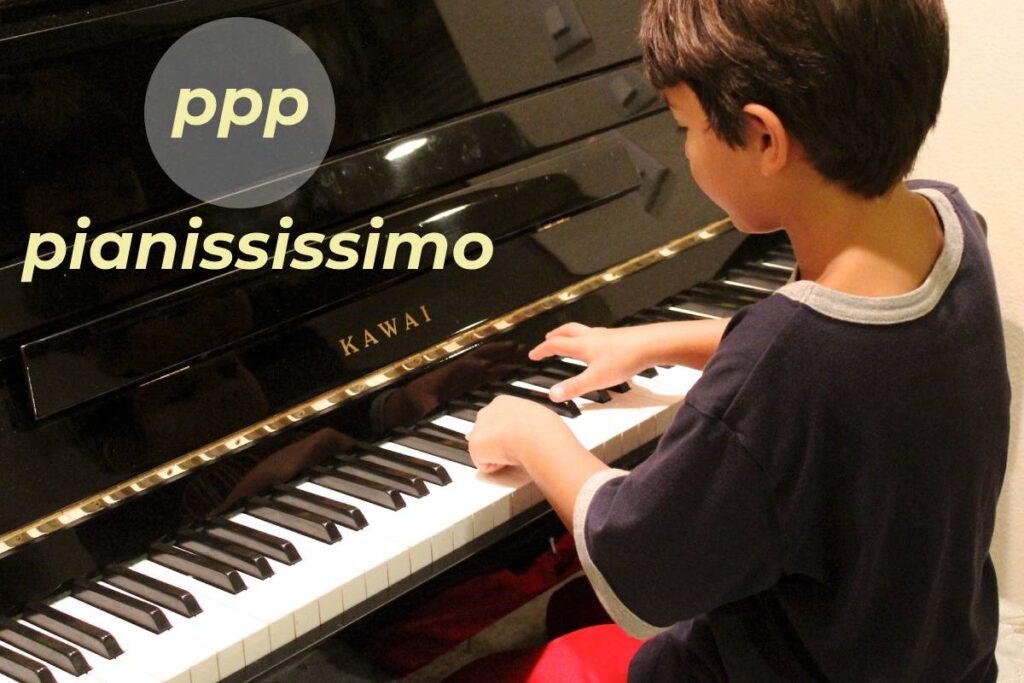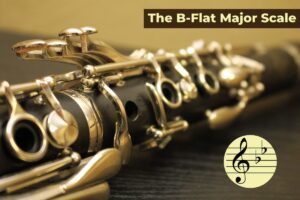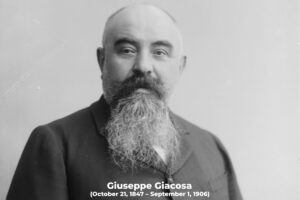What Does ppp Mean in Music? – A Guide to Dynamics in Music

What Does ppp Mean in Music?
One such dynamic marking that piques curiosity is “ppp,” often encountered in piano music. But what exactly does ppp mean?
Music is a language that transcends words, conveying emotions and stories through a carefully constructed blend of melody, harmony, rhythm, and dynamics.
Dynamics, indicated by markings on sheet music, dictate the volume at which a piece or passage should be played.
Understanding these markings is crucial for musicians to accurately interpret and express the composer’s intended emotions.
Decoding ppp: A Whisper in the Music
The “ppp” is an abbreviation for the Italian term “pianississimo,” which translates literally to “very, very soft.”
It represents the quietest dynamic level commonly used in music notation, even softer than “pp” (pianissimo) which means “very soft.”
Imagine a gentle whisper or the rustling of leaves in a calm breeze – that’s the essence of ppp.
The Power of ppp: Softness with Impact
While some might think of ppp as simply a directive to play very quietly, its significance goes beyond mere volume. Here’s how:
- Creating Contrast and Nuance: ppp adds depth and emotional variation to a piece. A sudden shift from a loud, powerful section (fff – fortississimo) to ppp creates a dramatic contrast, highlighting a moment of vulnerability or intimacy.
- Building Tension and Anticipation: A sustained ppp passage can build suspense and anticipation, leaving the listener yearning for a resolution or a shift in dynamics. It’s like a hushed whisper before a storm.
- Evoking Specific Moods: ppp is often used to evoke feelings of peace, serenity, mystery, or introspection. It can paint a picture of a quiet moonlight sonata or a hushed conversation.
Examples of ppp in Action:
Many famous composers have employed ppp to create evocative atmospheres in their works. Here are a few examples:
- Frédéric Chopin: In his Nocturnes, Chopin frequently uses ppp to create a sense of intimacy and night-time reverie.
- Ludwig van Beethoven: The opening movement of Beethoven’s “Moonlight Sonata” features a section marked ppp, establishing a sense of mystery and contemplation.
- Claude Debussy: Debussy’s music is known for its impressionistic qualities, and ppp plays a significant role in creating a hazy, dreamlike atmosphere in his compositions.
Beyond the Notation: Playing ppp Effectively
While ppp indicates a very soft volume, achieving this requires more than simply playing quietly. Here are some tips for musicians:
- Finger Control and Technique: Maintain relaxed yet precise finger movements to achieve a clear and controlled soft sound.
- Articulation: Experiment with different articulation techniques like legato (smoothly connected notes) or staccato (detached notes) to create different textures within the ppp section.
- Pedal Usage: The use of the sustain pedal should be minimal or avoided altogether in ppp passages to ensure clarity and prevent muddiness.
Final Note
By understanding the meaning of ppp and its role in musical expression, musicians can enhance their interpretations and deliver performances that truly resonate with listeners.
So the next time you encounter “ppp” on a sheet of music, remember it’s not just about playing softly; it’s about adding a layer of subtle emotional depth to the music.
At Phamox Music, we go all out for exactness and honesty. For this purpose, if by any means you found any possible glitch, be it factual, editorial, or something that we need to update, kindly contact us.
If you found this blog post about “Orchestra Music” informative and helpful, please share it with someone who might benefit from it.





